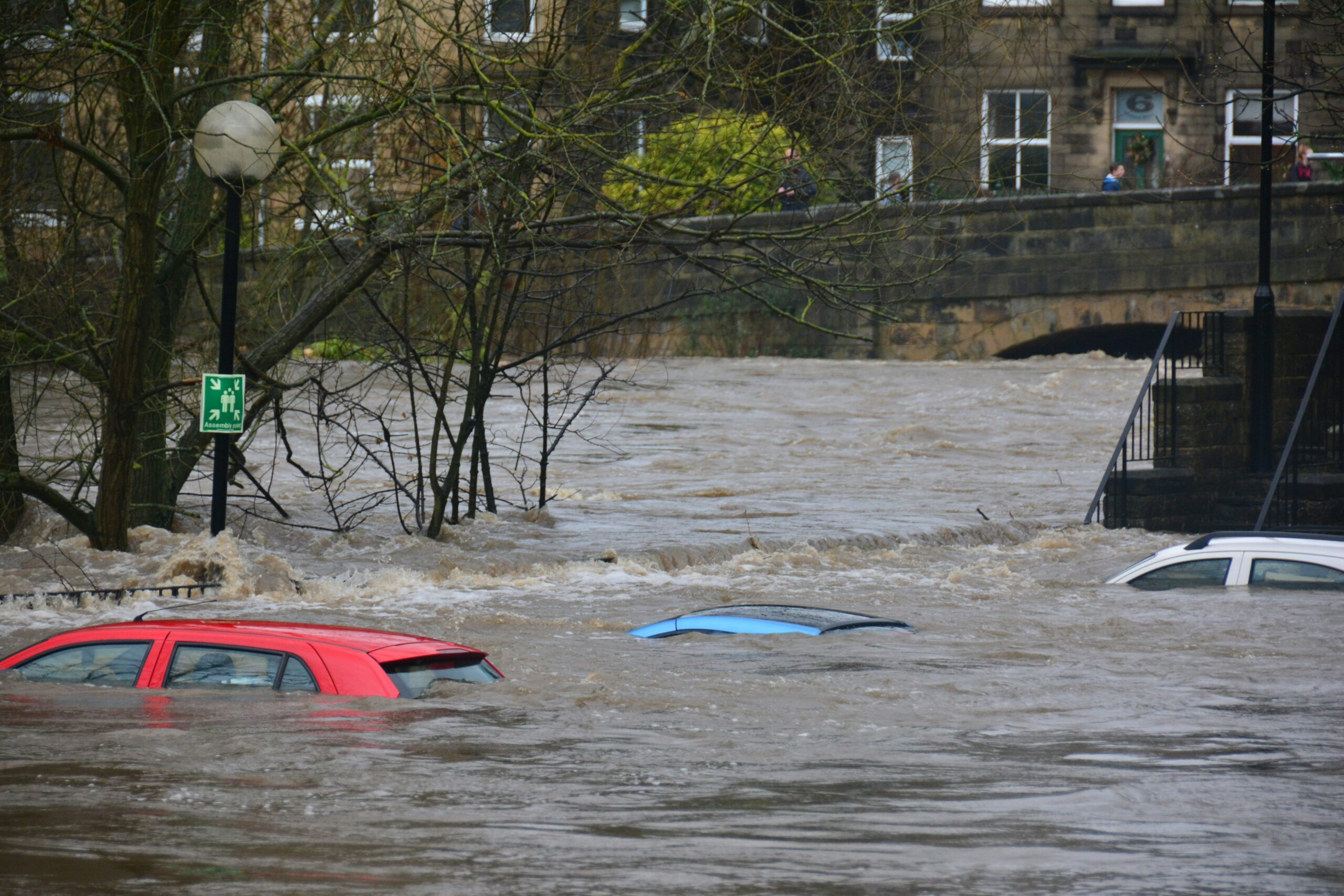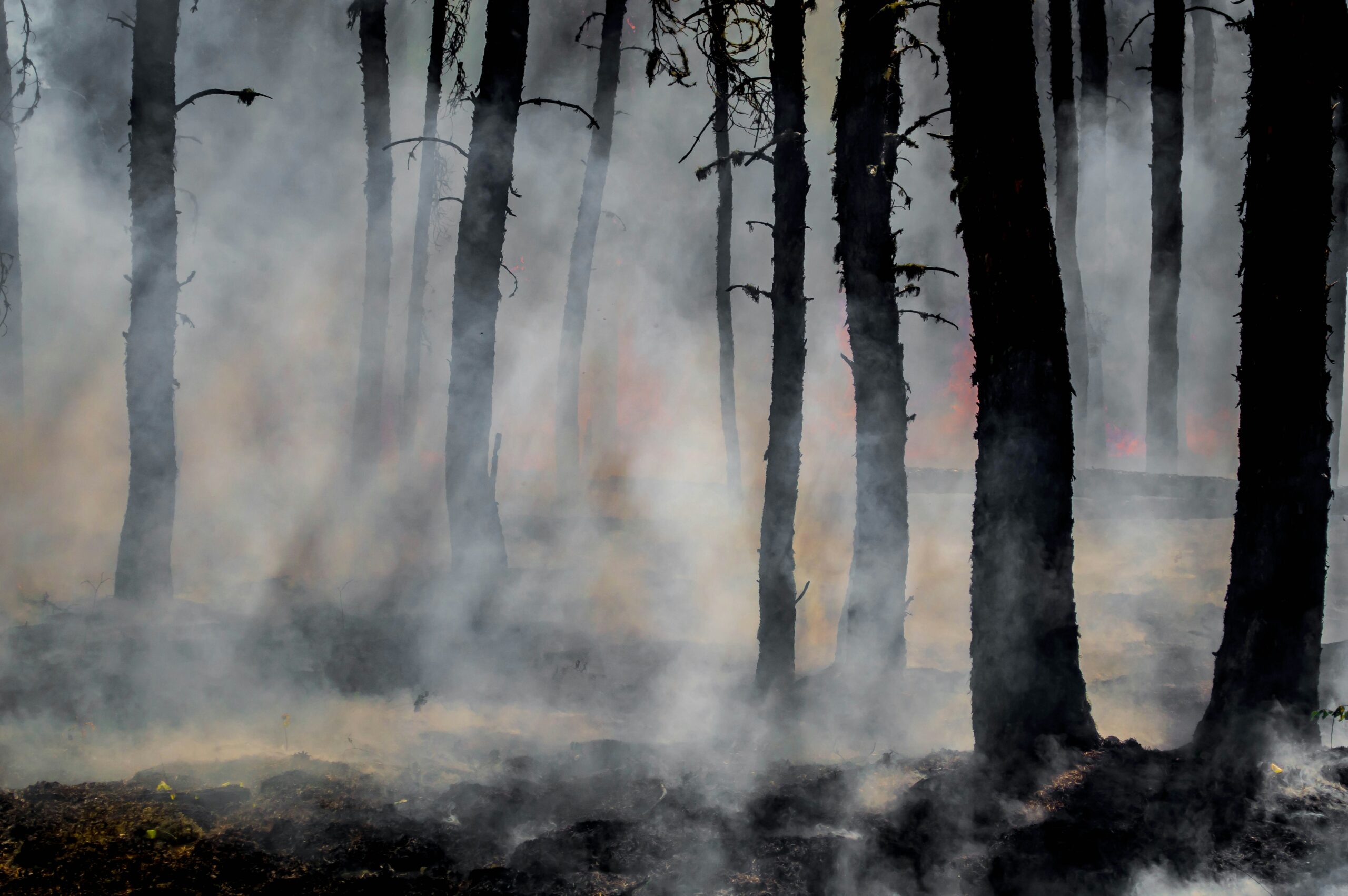From theory to practice: Disaster philanthropy and floods

From my earliest days at the Center for Disaster Philanthropy (CDP), I have had the privilege of getting to know Greg Witkowski and multiple cohorts of his students through the “Disaster and Community: Philanthropic and Nonprofit Engagement” graduate course Greg teaches at Columbia University’s School of Professional Studies.
At the completion of each course, we provide an opportunity for students to turn what they have learned into content for CDP’s audience. This year, we are pleased to share a paper about flood relief and recovery. This blog post, the third in a three-part series, includes dialogue between me and Greg about our collaboration and reflections on a well-researched and thoughtful paper. Please check out the previous posts about tornadoes and wildfire.
Austin: What are the benefits of studying nonprofits and philanthropy while studying disasters?
Greg: I think the two are interrelated. As the Federal Emergency Management Agency (FEMA) indicates in its training, nonprofits are the first to arrive and the last to leave after a disaster. Relief organizations like the Red Cross, which was the primary national disaster response in the U.S. for about a century, are often the first to mobilize and get to the site of a disaster, drawing on their chapter system and national strength. But beyond relief organizations, nonprofits in the community are often pushed into disaster response because the populations they serve continue to suffer long after other organizations leave. This combination of fast and nimble initial response with long-term engagement and continued support is why nonprofits are so essential in disaster response. It makes sense to unite the study of disasters and nonprofits to include the first to arrive and the last to leave as one way to improve disaster relief and recovery.
Austin: What insights do you hope funders would come away with related to floods?
Greg: I hope funders recognize that floods are perhaps the best example of how natural hazards combine with poor infrastructure to create disasters. There is a tendency to see coastal areas as the most vulnerable, and certainly, homes built on the sea have that vulnerability. But inland floods are also a danger. These are often caused by changes to river topology to harness river flow, insufficient drainage and sewage systems, and building in flood plains that are often destroyed when rains create floods. As with other disasters, those most socially vulnerable are often impacted by these human-created conditions, especially since more affordable housing and rental properties are often located in flood plains.
It might seem overwhelming, but the paper also points to possible solutions. Donors may remember the “Swiss cheese approach” to limiting risk during the COVID-19 pandemic, in which no single action could make one safe, but a combination of actions could greatly reduce risk. The paper outlines how that works for floods and provides a roadmap for donors to engage with the causes that they find most appropriate for their mission. It will be through a combination of public and private actions that flood risk is reduced.
Reflections on the floods paper
The paper entitled “The Dangers of Floods and What Donors Can Do,” written by Patricia Tomlin (lead author), Jan-Paul Roodbol and Grace Zhang, provides an overview of this natural hazard, how communities are affected and the role of philanthropy in supporting equitable recovery.
The author’s first sentence sets the tone for the rest of the paper and summarizes succinctly what we at CDP witness as disaster philanthropy practitioners: “Flooding is one of the most common and destructive disasters.” The paper is filled with compelling statistics and evidence that demonstrate this point. As recently as the beginning of August, my colleague Cari Cullen wrote about the devastating and disproportionate impacts of flooding in communities across the U.S.
Despite the increasing frequency of floods and their widespread impacts, philanthropic support for this natural hazard is minimal. Analysis from the 2023 Measuring the State of Disaster Philanthropy report showed of the $169.1 million designated for other natural hazards and severe weather in 2021, only $9.4 million (5.5%) went toward floods.
Following a thorough overview and summary of key facts related to floods, the paper provides suggestions for how nonprofits and donors can help, including by improving preparedness, addressing housing needs and working collaboratively with other stakeholders.
At CDP, we regularly see the opportunity for philanthropy to address gaps and unmet needs due to the sector’s ability to remain flexible. The authors suggest that nonprofits and donors look at the broader system to see what groups like FEMA and Small Business Administration are doing and focus on the needs not met through those programs.
The final section of the paper includes a summary of initiatives that nonprofit and philanthropic organizations have supported using the example of floods in California, Texas and Germany. Learning from others’ experiences is valuable, and each example presents unique challenges and opportunities. I found the paper well-grounded in practice, and I encourage you to take time to read it. Thank you, Patricia, Jan-Paul and Grace, for sharing your work with the disaster philanthropy community.
More like this

From theory to practice: Disaster philanthropy and wildfire

